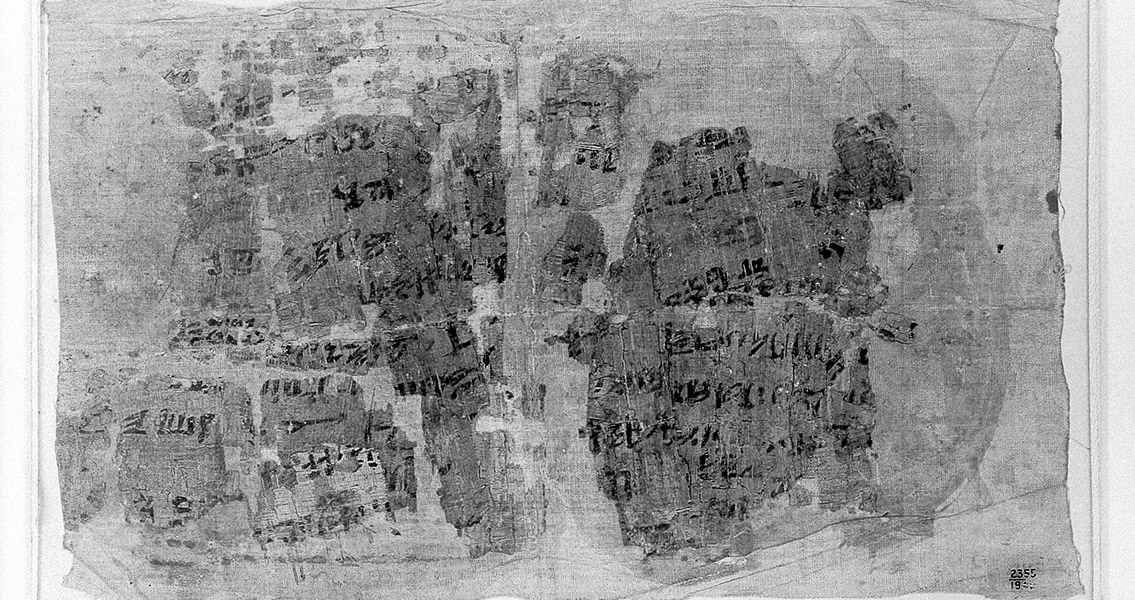<![CDATA[A pair of two 1,700-year-old Egyptian papyri, freshly-translated, have proven to be filled with the kind of premium cable television incantations that wouldn’t be out of place in an episode of “Game of Thrones.” The magic spells, translated by the University of Udine’s Franco Maltomini, include one designed to enspell a woman and “burn” her heart until she falls in love with the caster. Another, which had a male target, was intended to magically enslave him and turn him into a willing “subject”, which would have forced him to obey the caster’s will. According to an article in Live Science, the spells weren’t specifically targeting anyone in particular. Instead, they were written “Mad Libs” style, where the names of the intended victims were left blank to be filled in separately – a common tactic used by soothsayers and ancient magicians looking to ply their wares by selling ready-made spells and charms to interested parties. The incantations have been dated to the third century CE, though there’s no indication as to who might have written the spells initially. The language used to pen the spells was Greek, which would have experienced widespread use in Egypt during the period. The story of the papyri is an old one, as they were originally discovered more than a century ago in Oxyrhynchus, Egypt, by archaeologists Arthur Hunt and Bernard Grenfell. Over the hundred years, Egyptologists have been working on translating all the papyri discovered in the massive haul, with many being housed at the University of Oxford on behalf of the Egypt Exploration Society. As part of a much larger group of international contributors and editors, Maltomini was involved in the analysis and translation of the most recent batch of these papyri. His work revealed that the love spell invoked a number of gods related to Gnosticism, a syncretic faith that pulled in elements of ancient Christianity. The instructions of the spell included directions to burn several offerings in a bathhouse before writing the spell on the walls of the building. The spell would then make the target fall in love with the caster. Meanwhile, the instructions of another spell direct the caster to engrave a small copper plaque with specific phrases before stitching it to an article of clothing worn by the target of the spell. The directions provide an example, stating that a sandal would do nicely. The final result would be to bind the target to the caster’s will. There was also some additional, perhaps tangentially related information on the back of one of the papyri, delineating a long list of alchemical recipes that incorporated animal droppings. The writer claimed that the tinctures would cure a variety of illnesses ranging from leprosy to headaches; others still stated rather bluntly that they would have pleasurable side effects. One recipe in particular says that a combination of bittern droppings and honey, used in an unspecified manner, would “promote pleasure.” Whether this mixture was meant to be taken orally, applied topically, or administered in some other way is currently – and perhaps thankfully – unknown. Image courtesy of Wikimedia Commons user: Wellcome Images ]]>
Egyptian Papyri Found to Contain R-Rated Magic Spells
